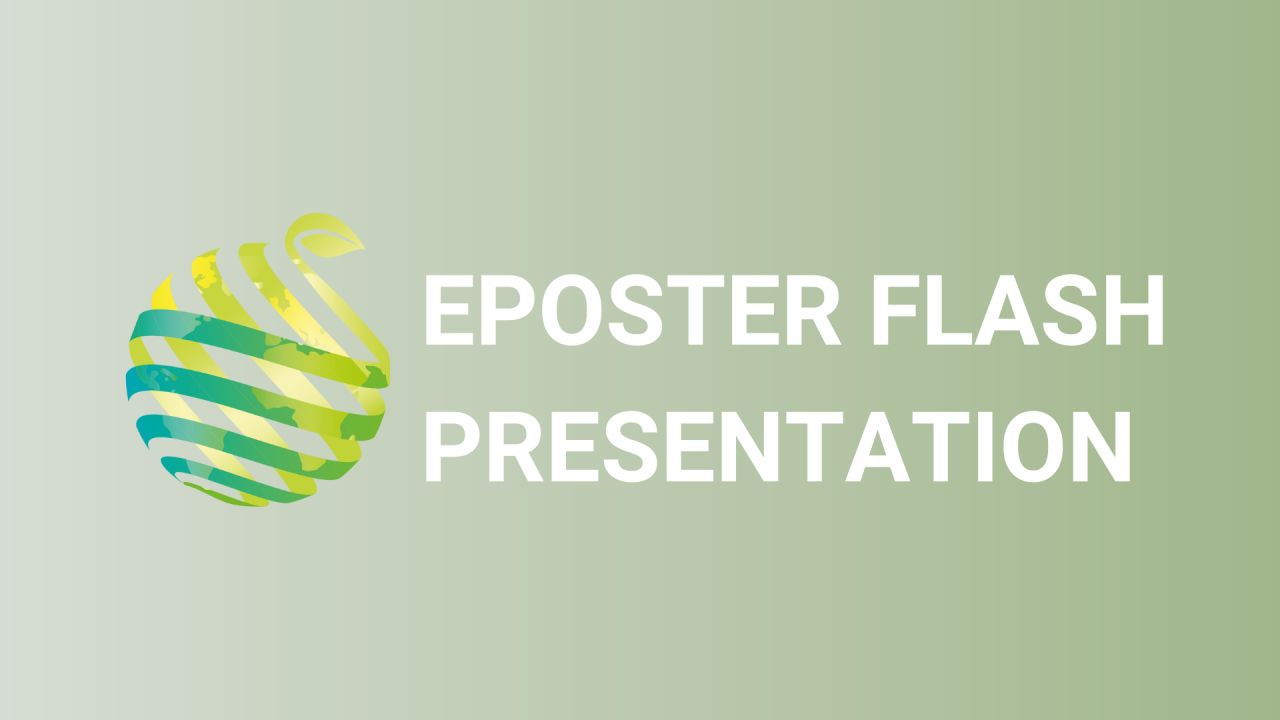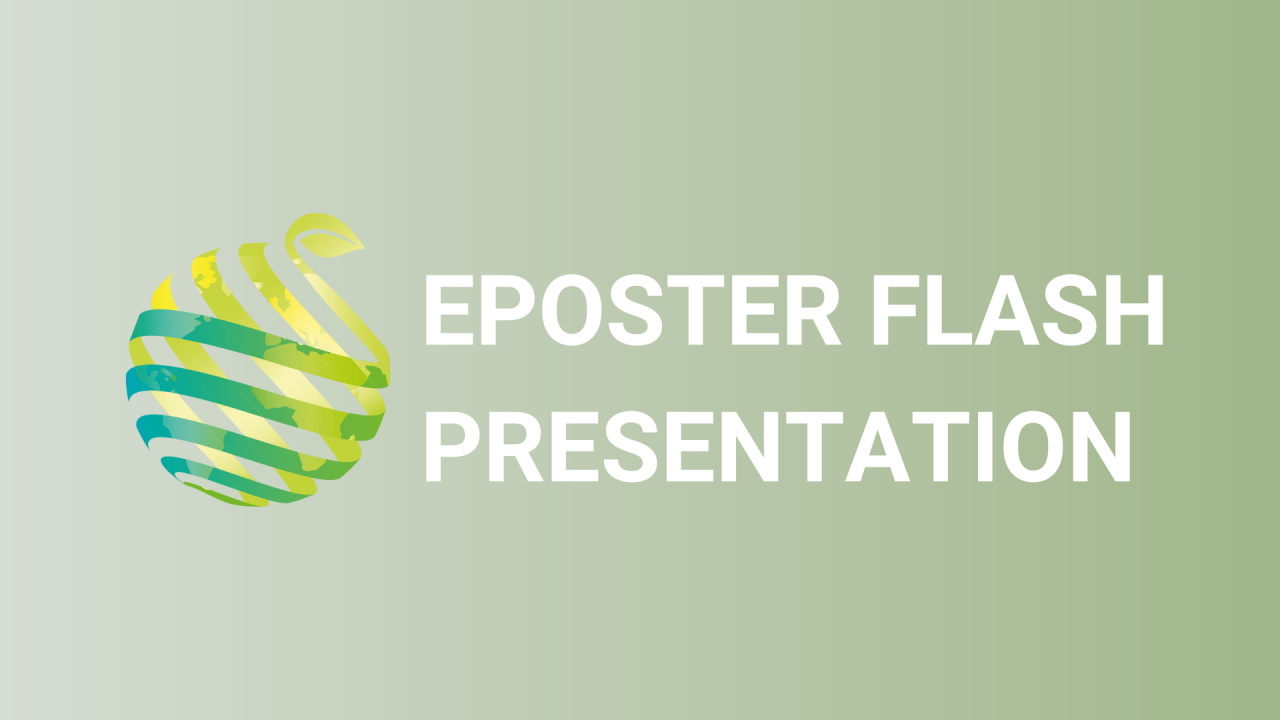

S02 - Session P3 - Establishment of a core collection of cultivated strawberry to optimize the genetic resources conservation and the breeding programs
Information
Authors: Alexandre Prohaska *, Raphaël Maître, Philippe Chartier, Aline Potier, Cécile Bres, Béatrice Denoyes, Aurélie Petit
Germplasm constitutes an essential reservoir of allelic diversity for current or future selected traits in breeding programs, but its preservation and management are costly. Hence, creating a core collection representing the highest genetic diversity, while decreasing the number of accessions, is an effective way to reduce costs. The objectives of this study were 1) to assess the population structure and the genetic diversity of a germplasm collection and 2) to define a genetic core collection facilitating both the management and use of the preserved accessions of the cultivated strawberry ( Fragaria × ananassa ). A genetic resources collection consisting of 234 cultivated strawberry accessions from American, European, and Asian continents, including old and modern cultivars and advanced breeding lines, was genotyped using a high-density SNP marker array. Genetic structure was first evaluated by a Bayesian clustering method then confirmed by Principal Coordinate Analysis. The genetic diversity parameters and distances were estimated. The genetic relationships between the accessions were assessed with the Neighbor-Joining method. A genetic core collection was selected using the maximum length sub tree method which looks for a subset of accessions minimizing the redundancy between them and limiting possible loss of diversity. This core collection capturing the whole allelic variation will be useful for germplasm management, genome-wide association studies and breeding programs. The core collection currently maintained in vivo will be also preserved in vitro to reduce the risks. Furthermore, a database integrating characterization data, field trials data, and genetic marker data will be developed for this core collection. This work has received funding from the Nouvelle-Aquitaine Region and the European Regional Development Fund (ERDF) under grant agreement no. 67822110 (REGINA project).